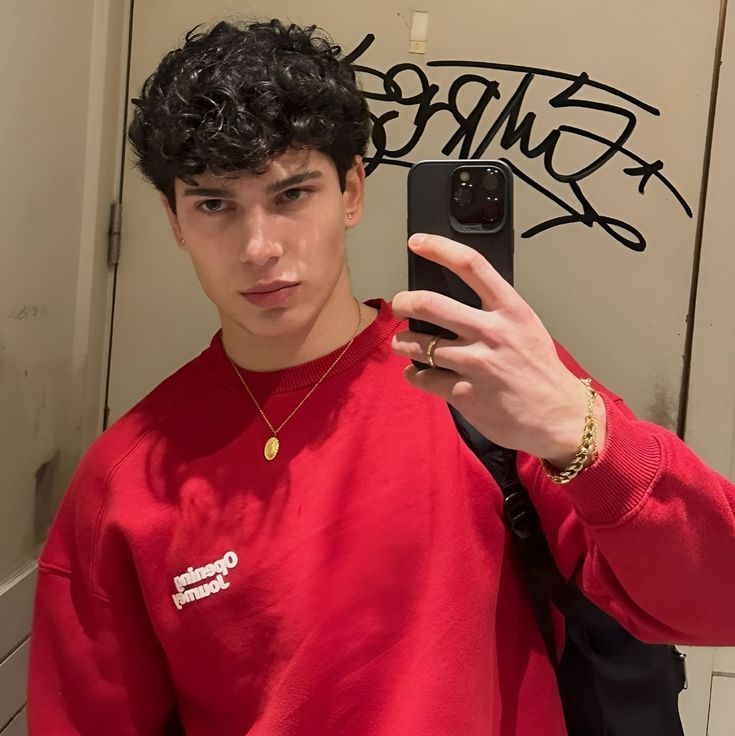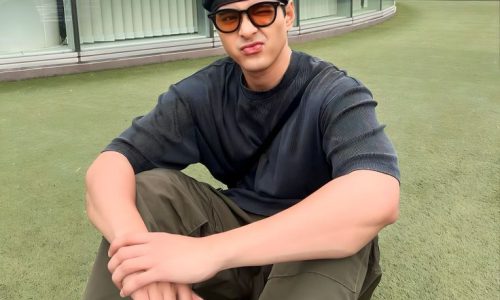
Digital Dressing: The Tech-Inspired Revolution of 2025
Introduction
In 2025, fashion and technology are no longer separate entities—they are entwined in a seamless fusion that has birthed a groundbreaking concept: digital dressing. This phenomenon, where clothing exists beyond physical boundaries and lives in virtual realms, is transforming the fashion industry, consumer behavior, and creative expression. No longer confined by fabric and thread, designers are sculpting silhouettes from pixels, and consumers are curating wardrobes that exist solely on screens. From augmented reality (AR) fashion shows to blockchain-backed digital couture, this revolution is not only redefining style—it is reimagining the entire fashion ecosystem.
The Evolution from Physical to Digital Wardrobes
Fashion has always evolved with culture, technology, and society. In the early 2000s, e-commerce changed how we shopped, but 2025 has brought a deeper transformation—one that shifts the very essence of what we wear. Digital wardrobes now offer avatars the ability to don exclusive designs in virtual environments, allowing users to explore styles without the limitations of material resources. This evolution is not merely aesthetic; it addresses sustainability, democratization, and personalization in ways that were once unimaginable.
Sustainability Meets Style in the Virtual Realm
As environmental concerns intensify, the fashion industry has faced criticism for its carbon footprint and waste. Digital fashion provides a sustainable alternative by reducing the need for physical production. Virtual garments require no raw materials, no shipping logistics, and no landfill space. Instead, they are designed using software, sold via platforms, and worn in digital contexts. This eco-conscious approach empowers consumers to showcase style while minimizing environmental impact, forging a new path where elegance and ethics coexist.
Virtual Runways and Augmented Fashion Shows
Fashion shows are no longer bound to elite venues in Paris or Milan. Thanks to augmented reality and virtual reality, designers now present their collections in immersive, interactive experiences accessible to anyone with an internet connection. Models walk pixelated catwalks, environments morph around them, and viewers can zoom in, rotate, and even try on pieces virtually. These virtual showcases extend the reach of fashion weeks, democratizing the experience and amplifying engagement in real time.
The Role of Blockchain in Digital Couture
Blockchain technology has brought a new level of authenticity and ownership to digital fashion. Non-fungible tokens (NFTs) are now used to create, trade, and verify one-of-a-kind digital garments. This innovation secures intellectual property, supports creators, and offers collectors a new class of fashion asset. In a world where digital items can be duplicated endlessly, blockchain ensures uniqueness, provenance, and exclusivity, turning virtual clothing into coveted investments.
Avatar Styling and Personal Identity in Virtual Spaces
As our online presence becomes more immersive—through gaming, social media, and the metaverse—avatars have become extensions of our identities. Dressing these digital selves is a form of self-expression, as personal and impactful as dressing our physical bodies. From haute couture to streetwear, users curate looks that reflect their mood, values, and aspirations. The rise of digital stylists and avatar influencers highlights this shift, where identity is now performed across multiple dimensions.
The Economics of Digital Fashion
The digital fashion market is booming, driven by virtual demand, low production costs, and increasing cultural relevance. Brands are monetizing limited-edition drops, collaborating with game developers, and creating virtual boutiques. Consumers purchase digital outfits to wear in games, post on social media, or showcase in augmented spaces. With no physical inventory or shipping fees, the profit margins are high, and the scalability is limitless. This new economy challenges traditional business models and opens new revenue streams for designers and developers alike.
Redefining Creativity: Designing in the Digital Sphere
Designing digital garments requires a unique blend of fashion intuition and technological fluency. Traditional sketching gives way to 3D modeling, animation, and software like CLO3D or Blender. Designers push creative boundaries, crafting garments that defy physics—flowing silks that glow, coats that shimmer with changing moods, and dresses made of light. These creations are not bound by wearability but by imagination, offering an experimental playground for innovation and artistry.
Fashion’s Integration into Gaming Worlds
Gaming platforms such as Roblox, Fortnite, and Zepeto are fertile grounds for digital fashion. These virtual spaces host millions of users who value visual expression and status, making them ideal markets for virtual attire. Fashion houses collaborate with game developers to design in-game collections, host digital pop-ups, and run virtual campaigns. Gamified fashion challenges and events increase user engagement while blurring the line between gaming and style.
Ethical Considerations and Digital Ownership
As digital fashion grows, so does the need to address ethics and ownership. Issues around data privacy, copyright infringement, and accessibility are gaining attention. Who owns a design when it’s replicated across servers? How can creators protect their IP in a space that evolves faster than regulation? The industry is developing standards for usage rights, digital authenticity, and equitable practices to ensure this revolution benefits all stakeholders.
The Influence of Social Media and AR Filters
Social media remains a driving force behind fashion’s digital evolution. Platforms like Instagram, TikTok, and Snapchat integrate augmented reality filters that allow users to try on virtual garments in real-time. This not only enhances interaction but also introduces users to brands in engaging, futuristic ways. Influencers play a key role in showcasing digital outfits, setting trends, and creating viral moments, further solidifying the appeal of pixelated style.
Virtual Tailoring and the Custom Fit Revolution
Customization reaches new heights in digital dressing. Instead of off-the-rack sizes, garments are tailored to avatar dimensions, with users able to tweak colors, textures, and accessories to suit their taste. This on-demand personalization fosters a deeper connection between consumers and their clothing, as each piece is uniquely crafted for the digital self. AI-driven tailors and interactive fitting tools add efficiency and accuracy to the process.
Cross-Industry Collaborations: Tech Meets Textile
Partnerships between fashion labels and tech giants are fueling this transformation. Whether it’s Google collaborating with high-end designers for smart wearables, or digital studios teaming up with legacy brands for NFT fashion drops, these collaborations blend expertise to redefine what fashion can be. The synergy between software engineering and sartorial craftsmanship is unlocking hybrid experiences that bridge virtual and physical realities.
Digital Dressing in Education and Design Schools
Fashion education is evolving to include digital competencies. Design schools now teach 3D modeling, AR garment creation, and virtual portfolio development. Students learn to craft collections for both the runway and the metaverse, preparing for a future where digital literacy is as vital as sewing skills. Online platforms offer global collaboration, enabling students to present work on digital runways and receive international feedback instantly.
Future Implications and Philosophical Questions
The rise of digital dressing sparks deep philosophical discussions: What does it mean to dress well in a world where no one can physically touch your outfit? Does digital fashion dilute or enhance authenticity? As we shift from tactile to virtual, our perceptions of value, beauty, and self may change. This introspection challenges us to rethink identity and aesthetics in a post-material era.
Conclusion: A Digital Thread into the Future
Digital dressing is not a passing trend—it is a redefinition of fashion’s purpose, function, and potential. In 2025, this revolution is connecting creativity with technology, individuality with innovation, and imagination with identity. As we move forward, the digital fabric of fashion will continue to evolve, shaping not just what we wear, but who we are in both the virtual and physical worlds.
The digital dressing movement represents more than a technical advancement—it is a cultural shift toward a more sustainable, expressive, and inclusive fashion future. As avatars walk digital runways and wardrobes live on clouds, the boundaries of style are expanding beyond measure. This is not just the next phase of fashion; it is fashion reborn.



